The duality between ambiguity and constriants
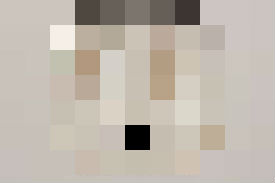
There is a thread of works that shows “ambiguity facilitates creativity.”
Bill Buxton stated that “Clarity is not Always the Path to Enlightenment”[1]. This saying was in the context of sketching user experience. He claimed that sketch should be ambiguous to facilitate multiple interpretations. Interpretation is the activity of “filling the big holes” that the ambiguous sketch has.
Also Gaver et al. have explored the potential of ambiguity as a resource for design[2]. The way it provokes user engagement and creates a fluid interaction can be something that designers can utilize.
There is another thread of works that shows “constraints facilitate creativity.”
In design, Norman sees constraints a way to inform users how to interact with products [3]. For instance, scissors have different sized hole force users to use one for a thumb and the other hole for the rest of fingers. In addition, great works are often created under severe constraints (e.g., time pressure, limited resources, taking over someone’s incomplete work). In a few works in experimental psychology, researchers have proved that people come up with more creative ideas when they are constrained[4,5].
The question that I am asking is are two claims contradictory to each other?
I claim that these two are basically the same and there’s a duality in between ambiguity and constraints. More precisely, we need to put “moderate” in front of each claim:
moderate ambiguity facilitates creativity = moderate constraints facilitates creativity.
Let me explain more. The opposite of an ambiguous sketch can be an unambiguous sketch that has details. The unambiguous sketch can be seen as constraints in terms of promoting various interpretations as there are not enough holes for readers to fill in. At the same time, the least constrained thing for sketching ideas can be a clean slate to start with. This can be the most ambiguous starting point.
We can see that there might be a duality between ambiguity and constraints. Ambiguous sketch can be seen as a constraint that one has to interpret with. See two following pictures:
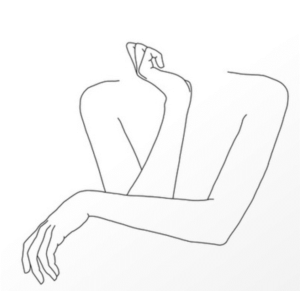
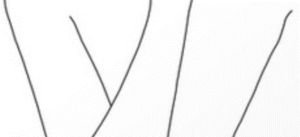
The 2nd picture is cropped image of the first picture. Imagine I ask a group of people to complete the drawing with the picture 1 and ask another group of people to complete the drawing with the picture 2. For the first group, it is most likely that everyone will draw the head of the person while for the 2nd picture, you don’t really know what they are going to draw — They can draw a tree, VT logo, a person lying down doing yoga.
If we can measure the group creativity in terms of inhomogeneity of ideas and features, the 2nd picture will facilitate creativity more. We can guess that the 2nd picture is more ambiguous and less constrained than the first one.
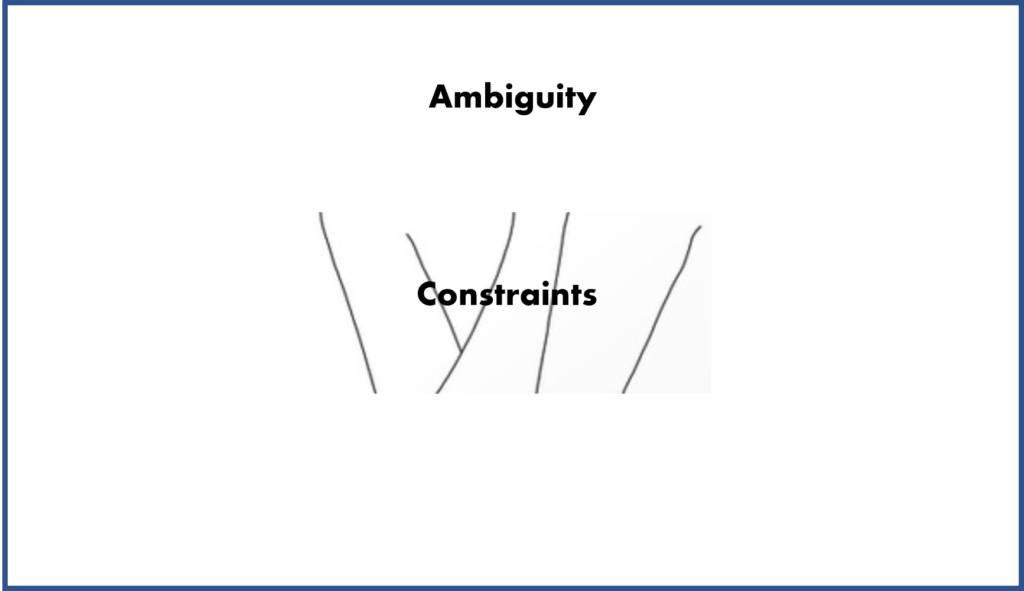
In this sense, I claim that the relationship between ambiguity and constraints is inversely proportional and having moderate ambiguity (constraints) can facilitate creativity. Therefore I suggest work that I can scientifically draw the following graph.
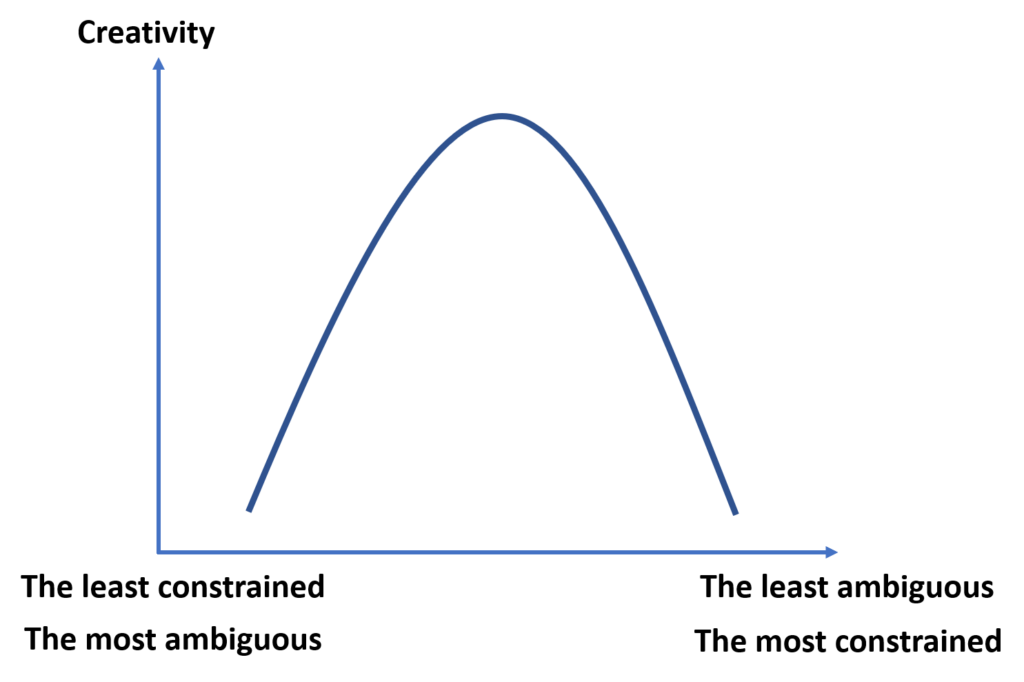
- Buxton, Bill. Sketching user experiences: getting the design right and the right design. Morgan Kaufmann, 2010.
- Gaver, William W., Jacob Beaver, and Steve Benford. “Ambiguity as a resource for design.” Proceedings of the SIGCHI conference on Human factors in computing systems. ACM, 2003.
- Norman, Don. The design of everyday things: Revised and expanded edition. Constellation, 2013.
- Haught-Tromp, Catrinel. “The Green Eggs and Ham hypothesis: How constraints facilitate creativity.” Psychology of Aesthetics, Creativity, and the Arts 11.1 (2017): 10.
- Marsh, Richard L., Joshua D. Landau, and Jason L. Hicks. “How examples may (and may not) constrain creativity.” Memory & cognition 24.5 (1996): 669-680.

Leave a Reply